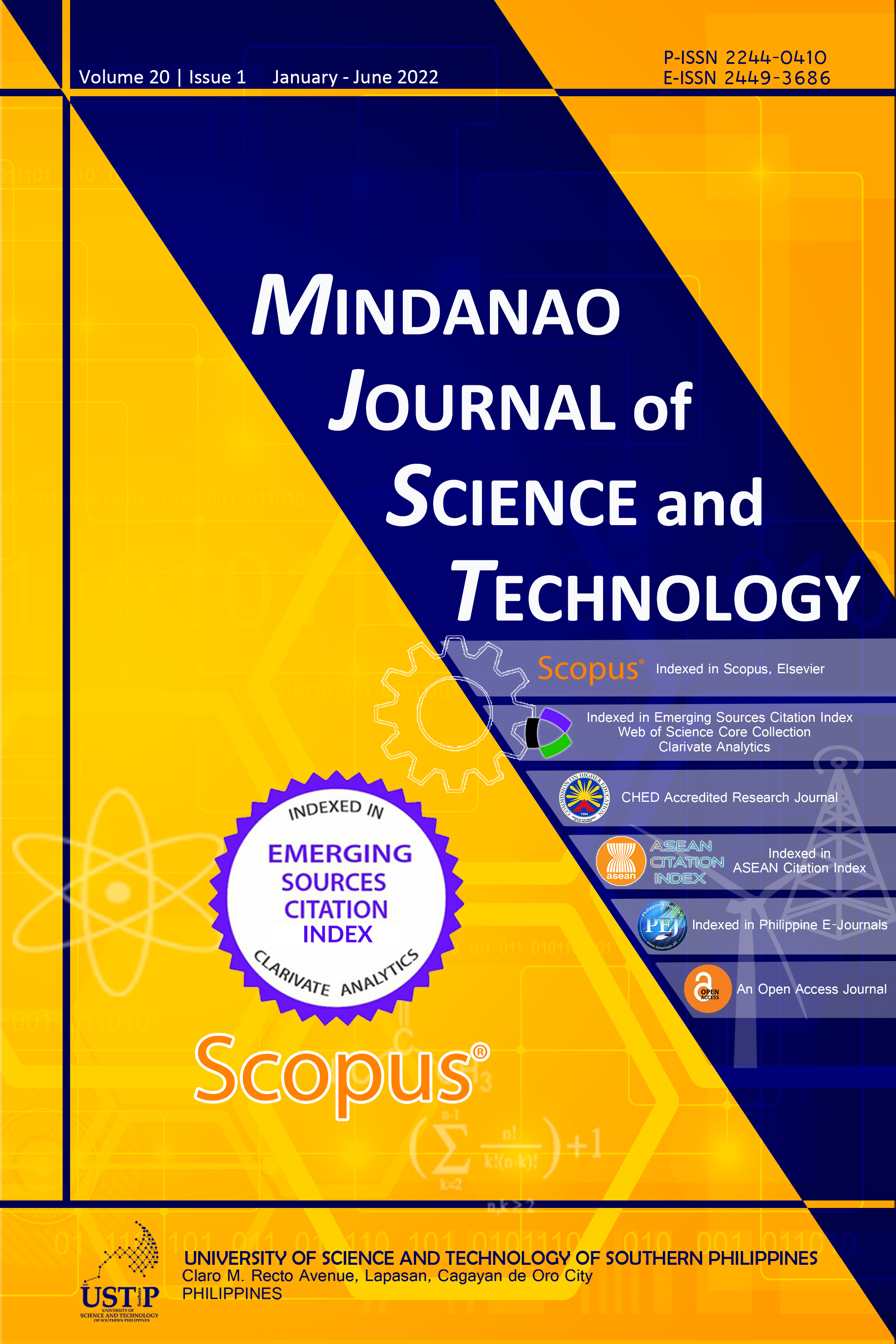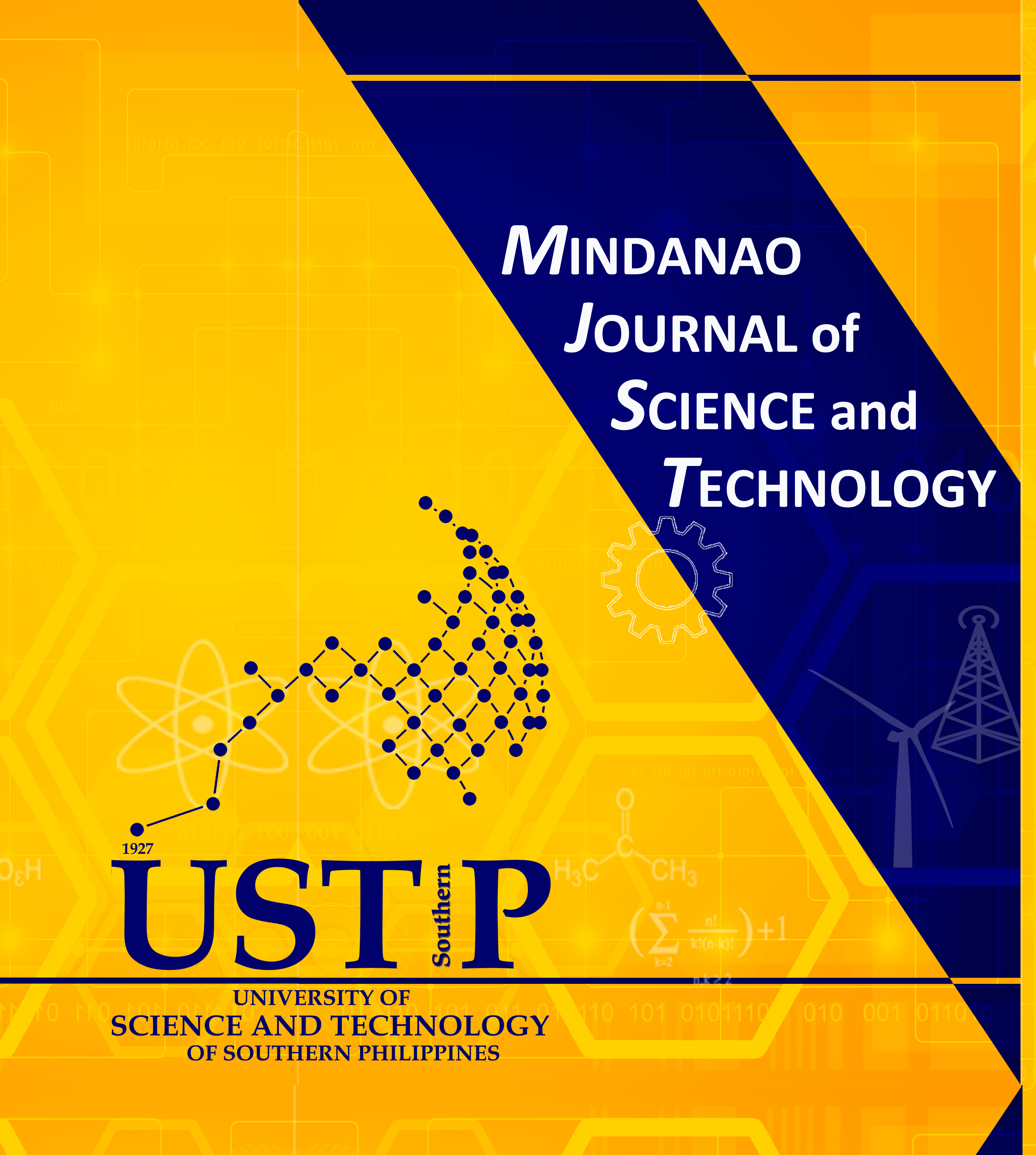Microhabitat Preference of Strombidae in Selected Intertidal Areas of Zamboanga del Norte and Misamis Occidental, Philippines
Keywords:
intertidal zones, microhabitat preference, StrombidaeAbstract
This study aimed to identify the microhabitat preference of Strombidae species present in selected intertidal zones of Zamboanga del Norte and Misamis Occidental. A total of 406 individuals of Strombidae were collected and identified into 15 species. Most species of Strombidae were recorded to be abundant in seagrasses (Cymodocea rotundata and Thalassia hemprichii) and in algae (Gracilaria salicornia, Ulva lactuca and Ulva intestinalis). Strombidae were also observed along rocks, muddy sand, black sand, sediments and tide pools. A Kruskal-Wallis Test showed that there was a significant difference in species abundance among different microhabitat types (H[6] = 13.46, p = 0.036). This implies that the abundance of species among different habitats was not the same. Supporting this, the Cramer’s contingency test revealed a significant association between the abundance of species to their microhabitat type with a contingency coefficient of 0.76. Canarium labiatum was observed to inhabit G. salicornia, while Canarium mutabile preferred both rocks and tide pools. Canarium urceus favored C. rotundata; Canarium (Canarium) esculentum occurred in G. salicornia and T. hemprichii. Conomurex luhuanus was observed in U. intestinalis and G. salicornia. Euprotomus aurisdianae inhabited the seagrass, while Euprotomus bulla occurred in T. hemprichii and muddy sand. Laevistrombus (Gonggonus) turturella inhabited the C. rotundata. Lastly, Lentigo lentiginosus and all Lambis species were noticed in G. salicornia. Strombidae preferred both seagrasses and algae apparently because these microhabitat types serve as food and nutrient sources to these species.










